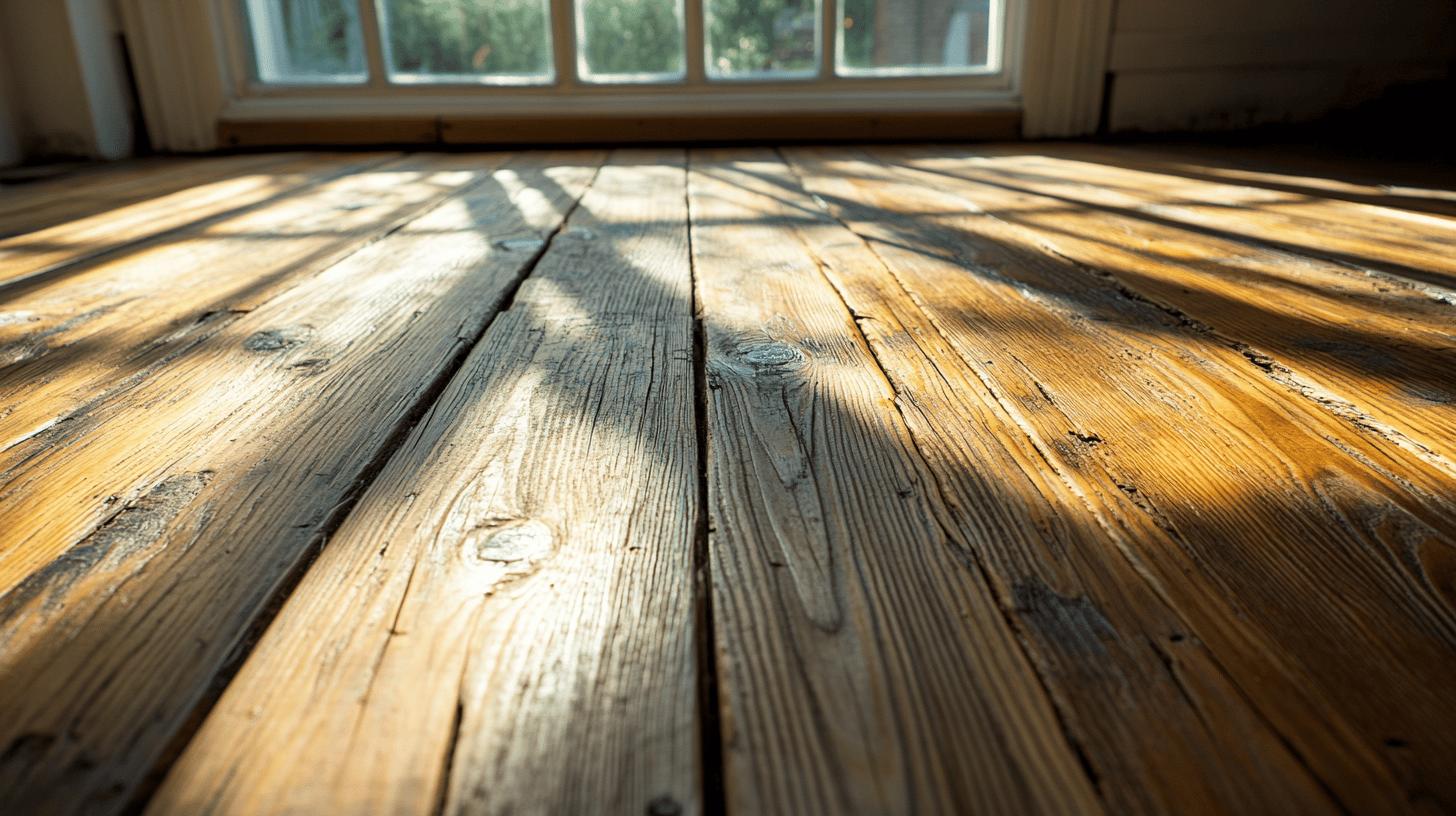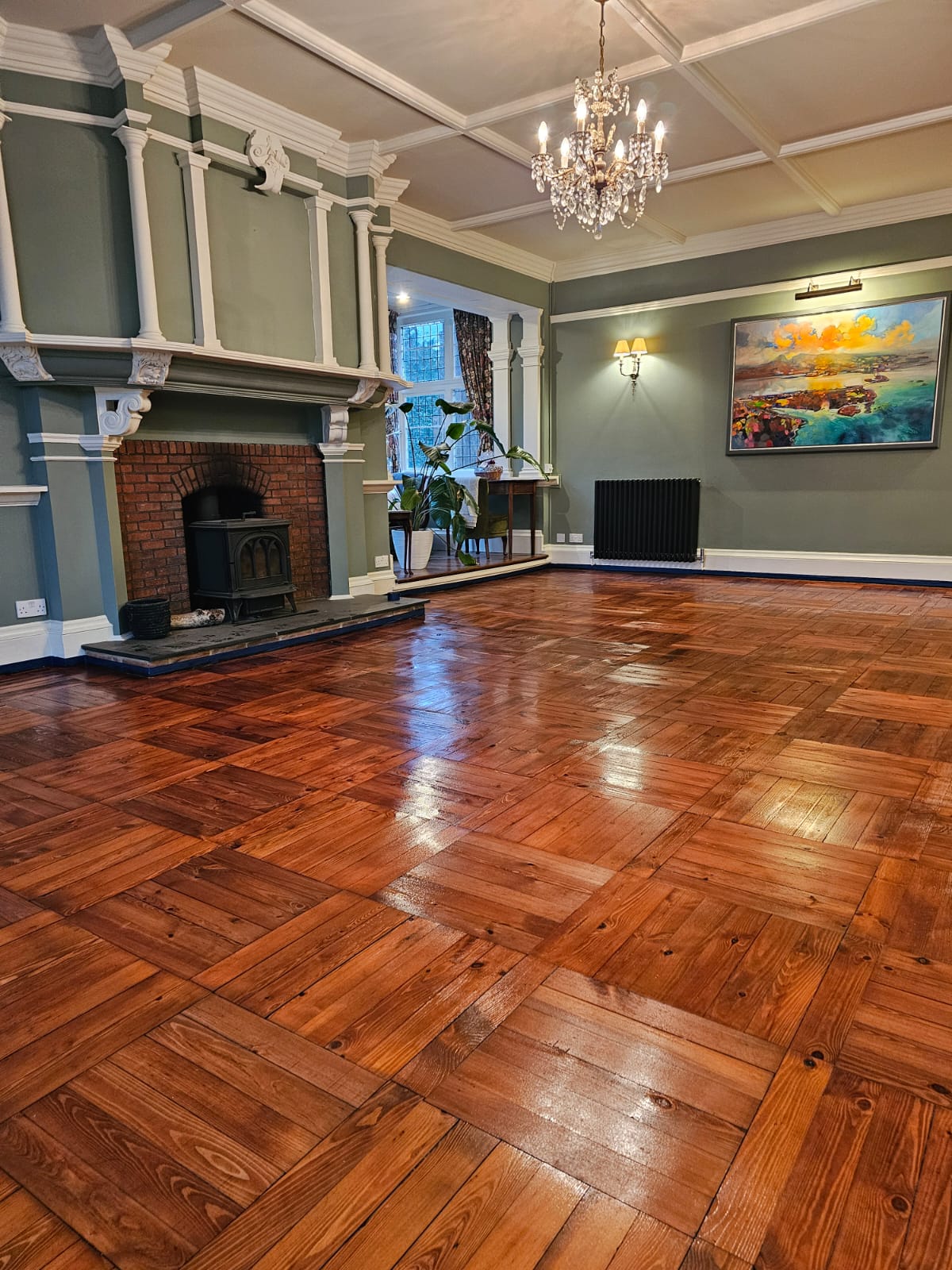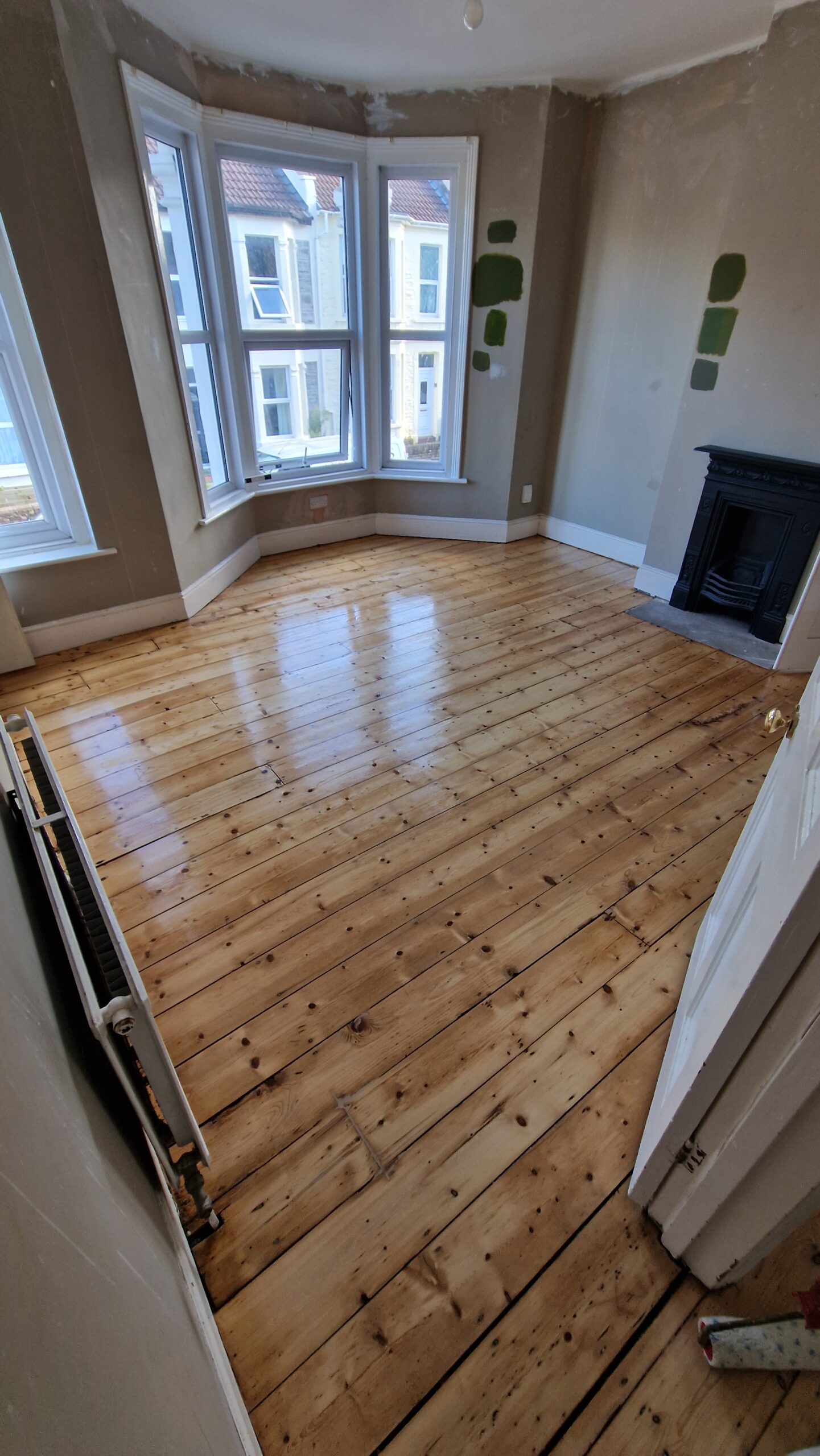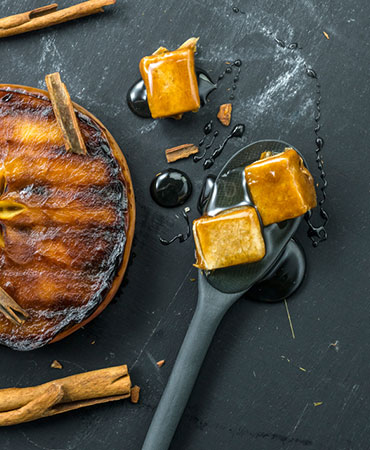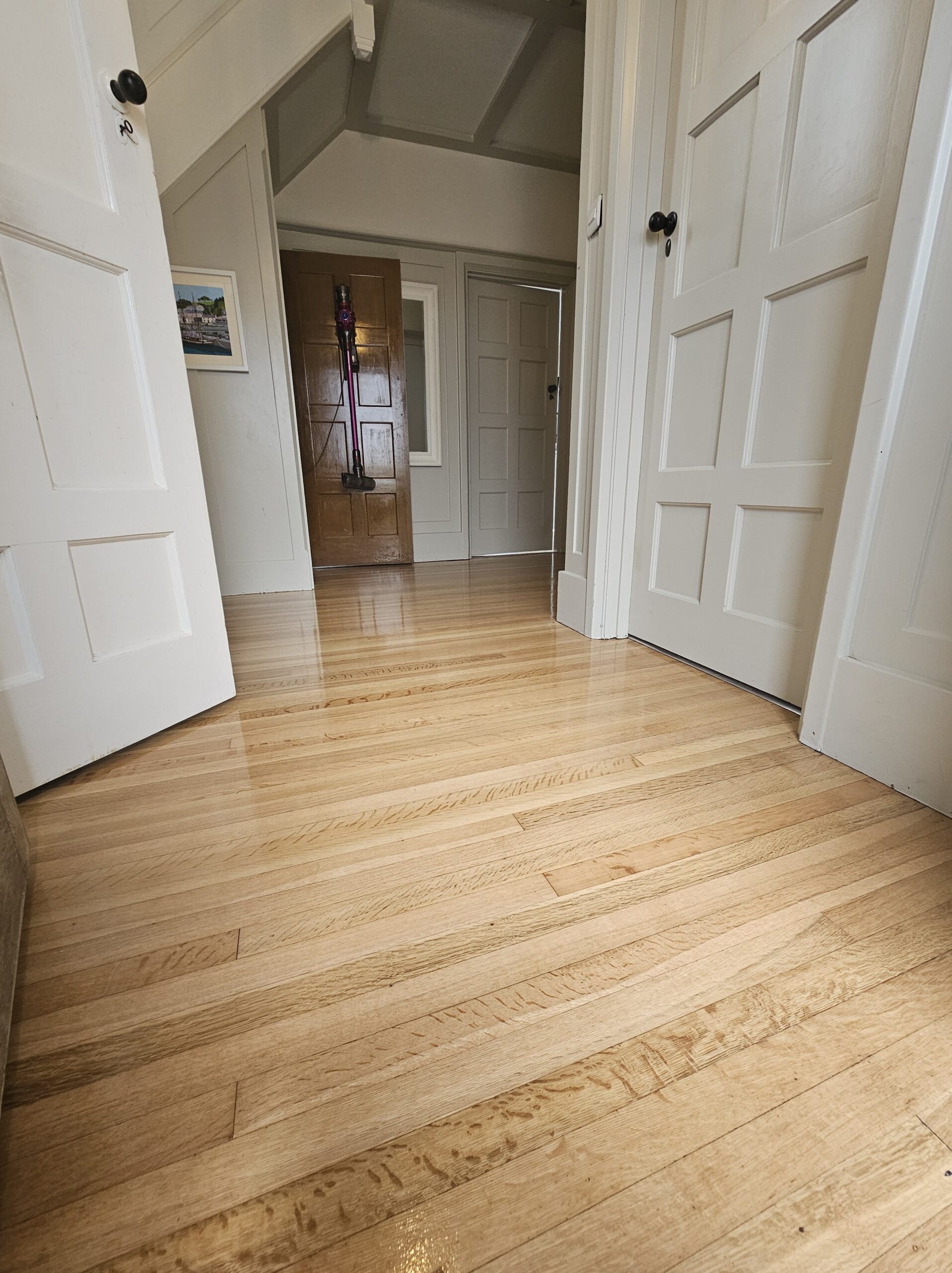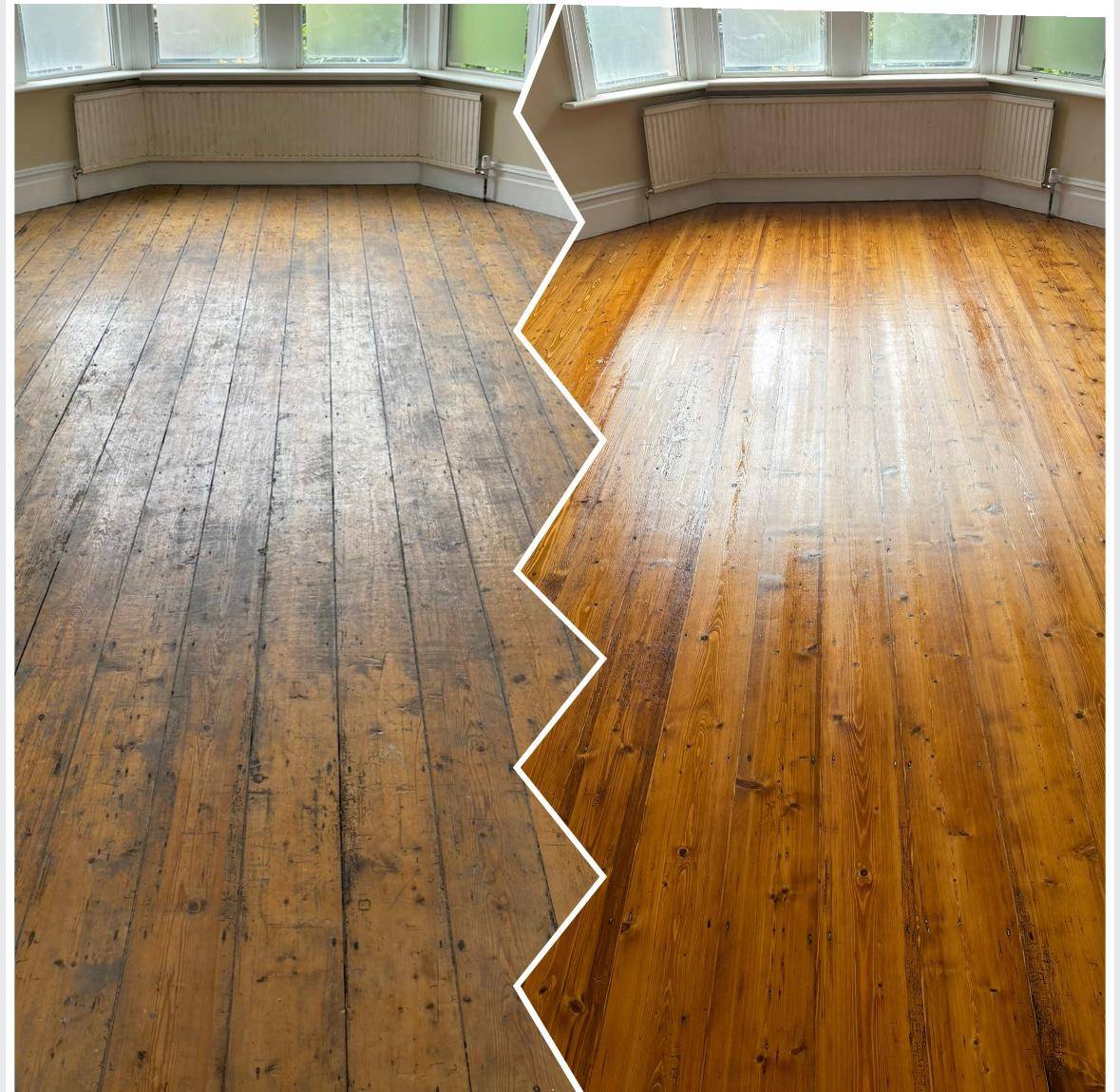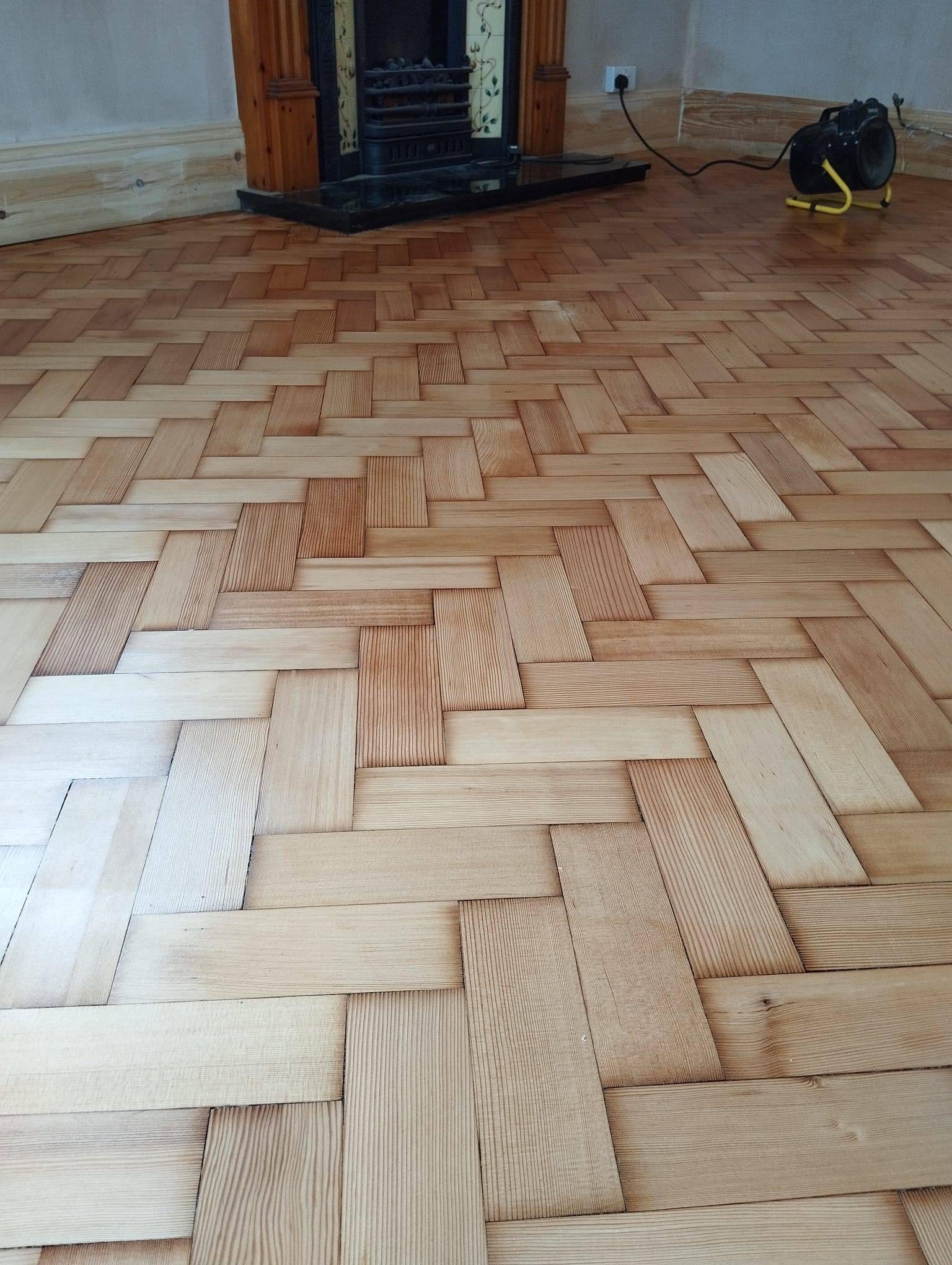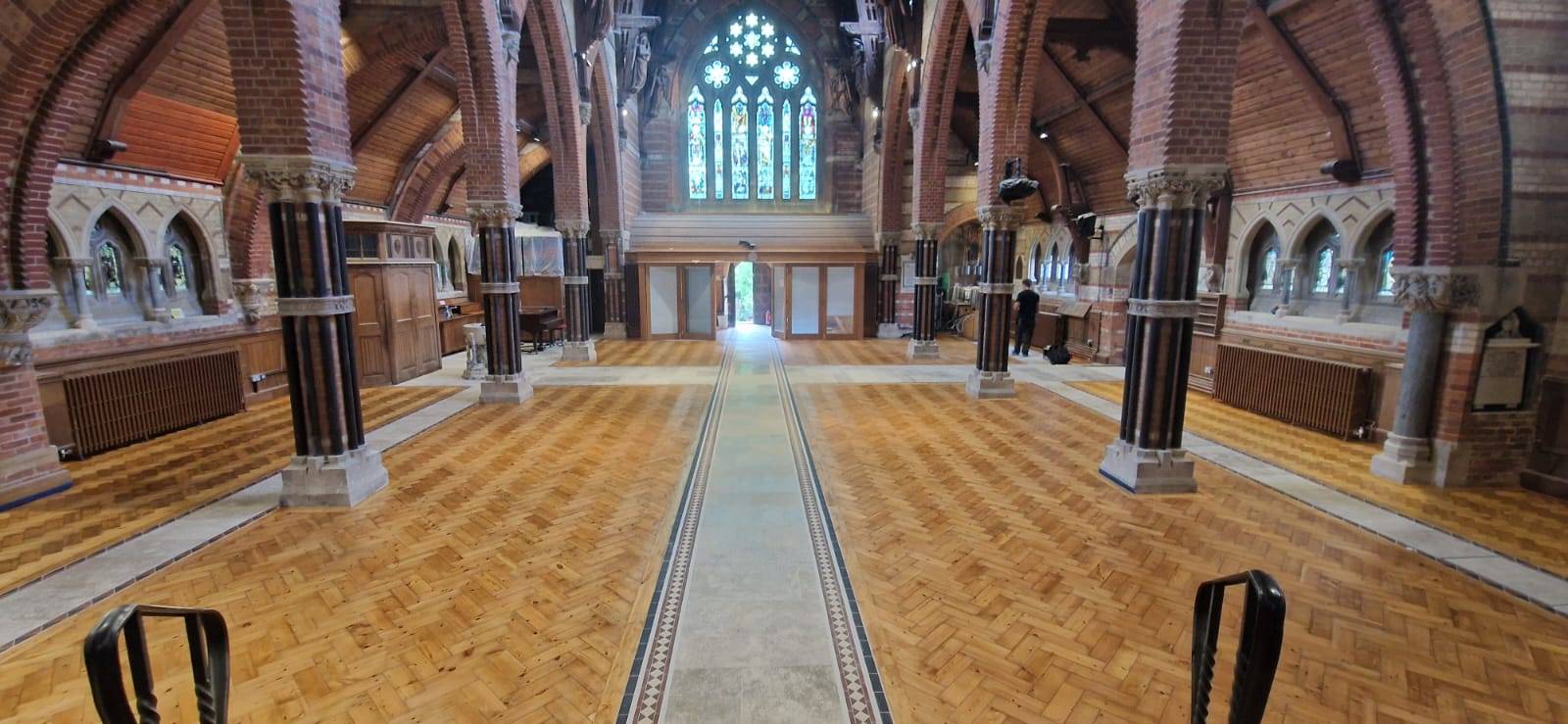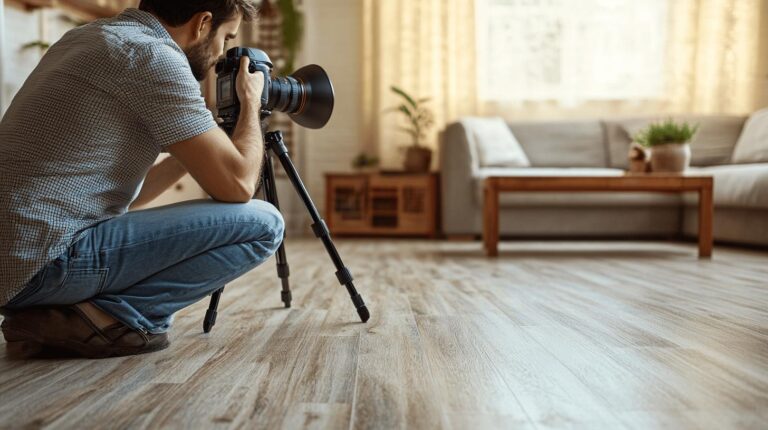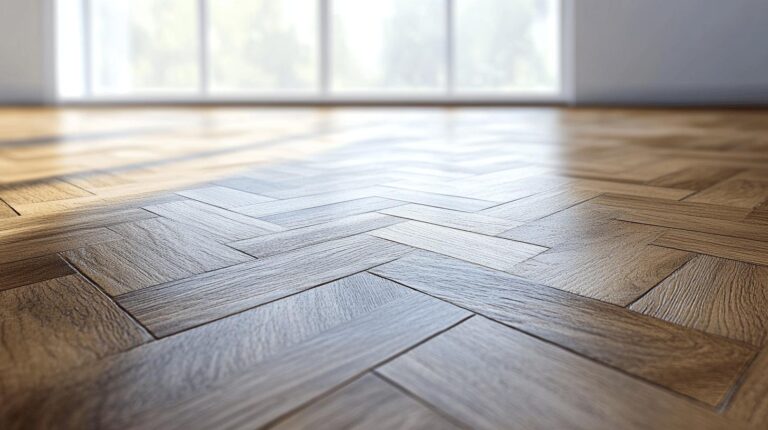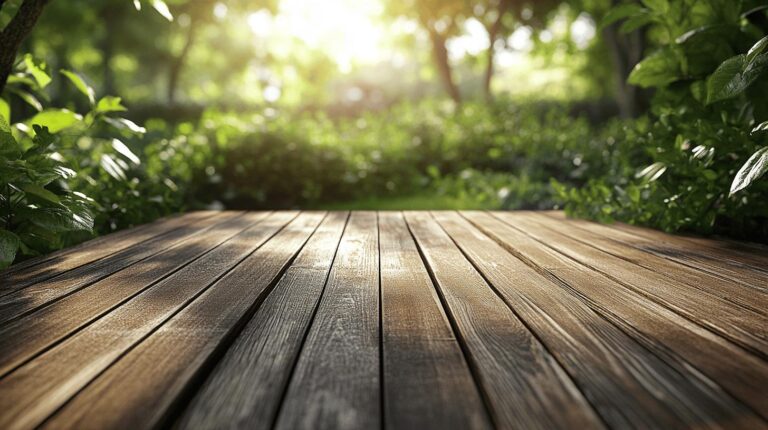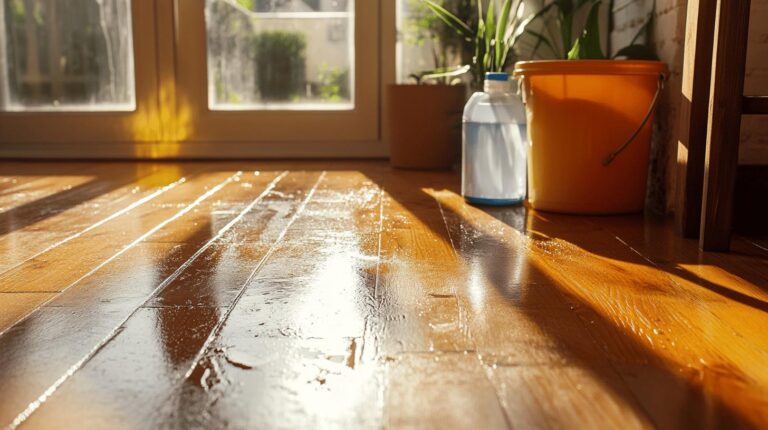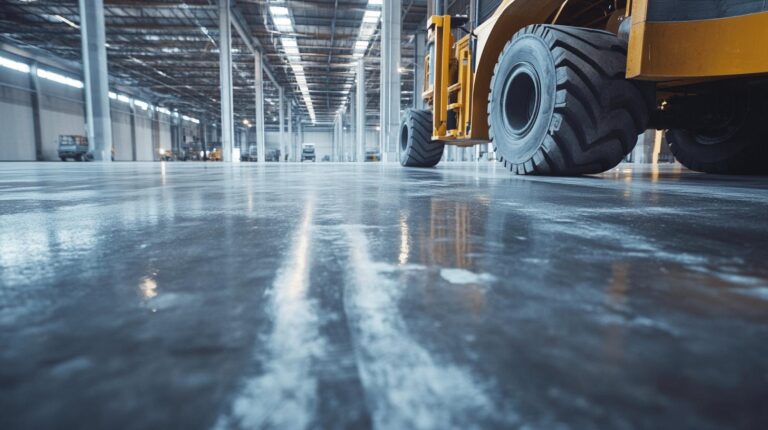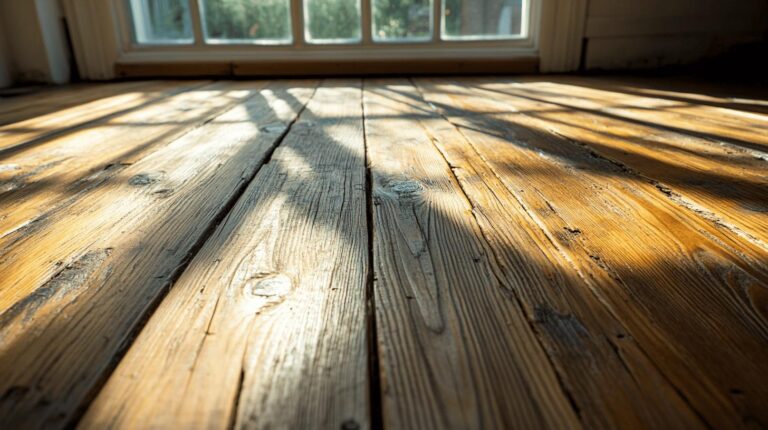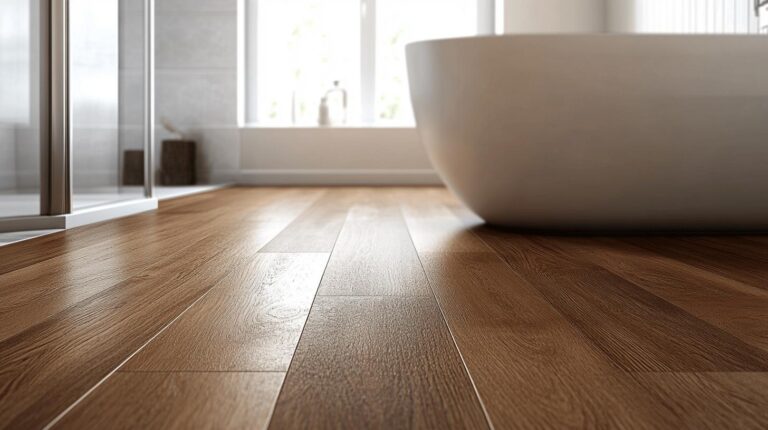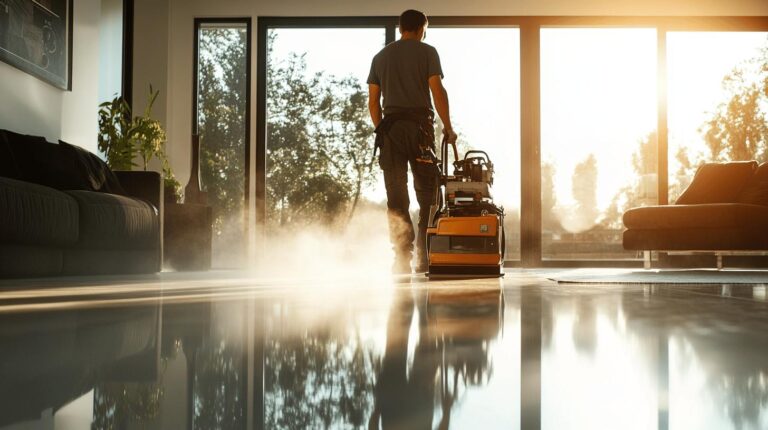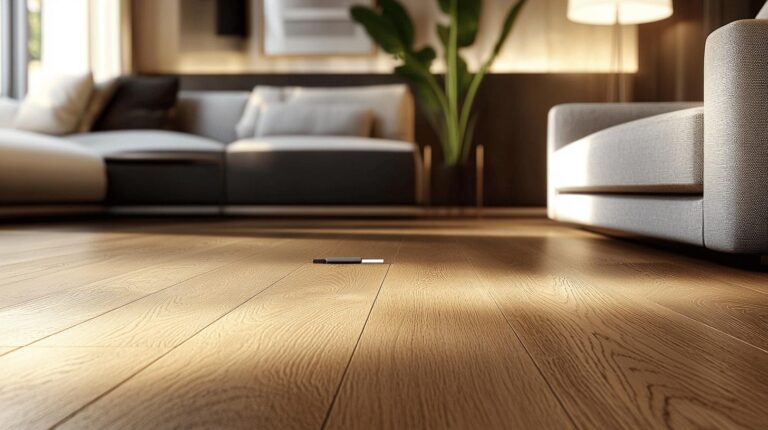Can uncovering history beneath your feet add value to your home? Victorian terraces, with their nostalgic charm and architectural elegance, often hold hidden treasures: original pine floorboards. These relics from a bygone era not only tell stories of skilled craftsmanship but also promise to enhance the aesthetic and historical worth of your home. Reviving these floorboards is more than just a renovation; it’s a delightful journey into the past. Discover how restoring these architectural gems can bring an irreplaceable aura of grandeur to your space.
Understanding the Unique Character of Victorian Pine Floorboards
Victorian terraces, iconic in British architecture, are celebrated for their historical and cultural significance. Their pine floorboards, often original to the period, are an integral element of these homes. These floors were not just functional but also a testament to the design sensibilities of the era, adding both aesthetic and structural value to these historic dwellings.
Victorian wood floors are renowned for their intricate patterns like parquet and herringbone, which exemplify the craftsmanship of the 19th century. These designs were meticulously crafted to reflect the elegance and attention to detail characteristic of the time. Exploring the wood grain of these original boards reveals a dedication to artistry, with each pattern serving as a unique narrative of the home’s past.
Often concealed beneath layers of modern flooring, the original Victorian floorboards hold immense historical and aesthetic value. Restoring these floorboards can revive their hidden grandeur, enhancing the overall charm of a home. The process not only preserves the craftsmanship of the era but also increases the historical value of the property, allowing homeowners to enjoy a piece of living history.
Examining and Preparing Pine Floorboards for Restoration
Before initiating the restoration of pine floorboards in Victorian terraces, it is essential to conduct a thorough assessment of their condition. What should homeowners look for during this inspection? Look for signs of damage such as water exposure, woodworm infestation, or the presence of concrete overlays. Identifying these issues early allows for effective planning and prevents further deterioration. An in-depth evaluation helps in determining the extent of repairs needed, ensuring that the restoration process respects the historical integrity of the flooring.
To prepare for restoration, gather the necessary tools and follow a structured approach:
- Tools Required: Sanders, brushes, vacuum cleaner, protective gear, and cleaning supplies.
- Initial Steps: Begin by removing any existing flooring to expose the original pine boards.
- Cleaning: Thoroughly clean the surface to remove dust and debris.
- Sanding: Use appropriate grit sandpaper to smooth the surface and prepare it for finishing.
- Inspection: Reassess the floorboards for any missed damages before proceeding with repairs.
.
Once preparation is complete, planning the restoration process should be done with care to maintain the historical character of the boards. This involves selecting suitable materials and methods that align with the original craftsmanship. The aim is to preserve the unique features of the Victorian era while enhancing the floor’s durability and aesthetic appeal. By respecting the past, homeowners can ensure that their restored floors continue to tell the story of their home’s rich heritage.
Essential Restoration Techniques for Pine Floorboards
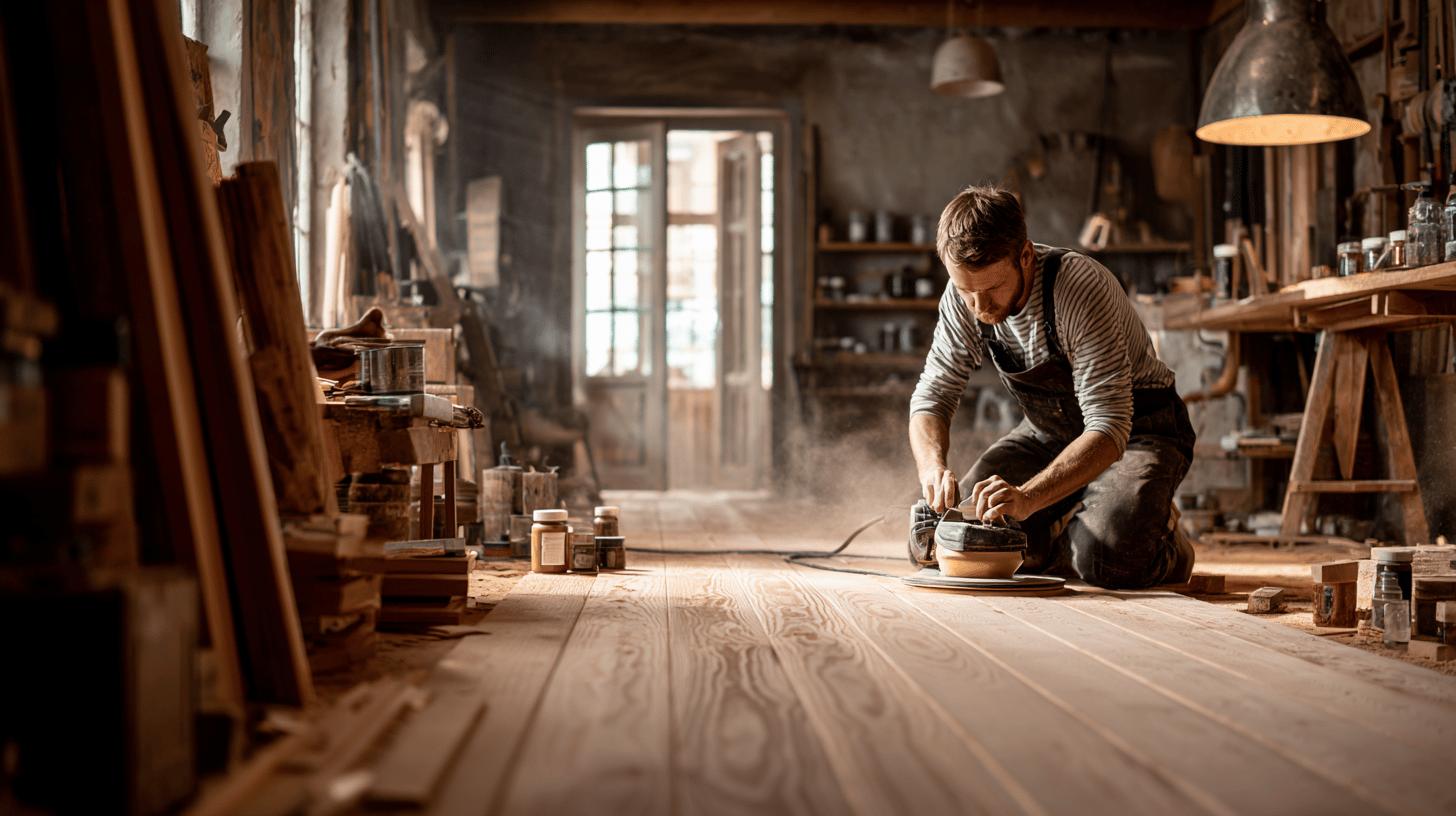
Cleaning and repairing pine floorboards are the crucial first steps in the restoration process. Begin by thoroughly sweeping the surface to remove dust and debris, ensuring no abrasive particles remain. Following this, inspect each board for signs of damage such as cracks, loose nails, or rot. Address these issues by replacing severely damaged boards or securing them with appropriate fasteners. For minor cracks, use a wood filler that matches the pine’s natural colour. These initial repairs lay a solid foundation for the subsequent restoration phases.
Sanding is a pivotal component of the floorboard restoration process, and it requires precision and the right tools:
- Machinery Selection: Utilise continuous belt sanders equipped with dust extraction units for virtually dust-free sanding.
- Initial Sanding: Begin with a coarse grit sandpaper (around 40-60 grit) to remove old finishes and level uneven surfaces.
- Intermediate Sanding: Progress to a medium grit (80-100 grit) to smooth out any remaining roughness.
- Final Sanding: Conclude with a fine grit (120-150 grit) to achieve a polished and even finish.
.
Once sanding is complete, selecting a suitable finish for pine floorboards is essential to enhance durability and aesthetics. Options like varnish and polyurethane offer robust protection against wear and moisture, ideal for high-traffic areas. For a natural appearance, oiling penetrates the wood, highlighting its grain while providing water-repellent properties. Waxing offers a soft, breathable finish, allowing the floor to maintain its authentic charm. Each finish has its benefits, and the choice should align with the desired look and usage of the space.
Pine floorboards may require staining to prevent them from turning orange over time. Choosing the right stain involves considering the existing decor and the natural light in the room. A stain can either enhance the wood’s natural tones or alter its colour to complement the interior design. Test stains on a small, inconspicuous area to ensure the desired outcome, and apply evenly across the floor for a consistent look. Careful consideration of these factors will help maintain the refined elegance of restored Victorian floorboards.
Addressing Common Floorboard Challenges
Victorian pine floorboards often face challenges such as woodworm infestations and damage from humidity, which can compromise their structural integrity. How can homeowners identify woodworm? Look for small holes in the wood surface and fine dust (frass) around these areas, indicating active infestation. Addressing woodworm involves treating the affected areas with appropriate insecticides to eradicate the pests. Humidity can cause warping or cupping in floorboards. What steps can be taken to manage this? Ensure adequate ventilation and maintain stable indoor humidity levels to prevent these issues. If warping occurs, professional advice may be needed to rectify the affected boards and restore their shape.
- Wood Slivers: Insert thin wood slivers into the gaps and secure them with adhesive for a seamless look.
- Resin and Sawdust Mix: Combine resin with fine sawdust to fill gaps, matching the floor’s colour and texture.
- Flexible Fillers: Use flexible fillers to accommodate natural floorboard movement and prevent future gaps.
.
Safety during floorboard repairs is crucial to protect both the restorers and the integrity of the Victorian pine floorboards. Always work in a well-ventilated area to avoid inhaling dust and fumes from treatments or adhesives. What protective gear is recommended? Use gloves, goggles, and a dust mask to safeguard against potential hazards. By prioritising these safety measures, homeowners can ensure a successful restoration process that enhances the longevity and beauty of their historic floors.
Choosing the Right Finish for Restored Pine Floorboards
Selecting the appropriate finish for restored pine floorboards is vital for balancing aesthetics and functionality. What factors should be considered when choosing a finish? Key considerations include the level of foot traffic in the area, the desired aesthetic, and maintenance requirements. High-traffic areas may benefit from durable finishes like varnish or polyurethane, which offer robust protection against wear and tear. For those seeking a natural wood finish, oiling is an excellent choice as it enhances the wood’s beauty while providing water-repellent properties. This approach not only highlights the natural grain but also adds a layer of protection against moisture ingress.
| Finish Type | Benefits |
|---|---|
| Varnish | Durable, high-gloss finish suitable for high-traffic areas. |
| Oil | Enhances natural beauty, water-repellent, and easy to maintain. |
| Wax | Soft, breathable finish that allows the floor to breathe. |
Eco-friendly and historically appropriate finishes can further enhance the authentic appearance of Victorian terraces. What are the benefits of using wax in this context? Wax provides a soft, natural appearance that allows the floor to breathe, maintaining a historical look reminiscent of the Victorian era. This finish is particularly suitable for homeowners looking to maintain a classic aesthetic. Moreover, modern eco-friendly finishes have emerged that offer similar protective qualities while being less harmful to the environment, making them an appealing choice for those concerned about sustainability. By carefully selecting the finish, homeowners can ensure their restored floors remain a timeless feature of their home.
Maintenance and Preservation of Restored Victorian Floorboards
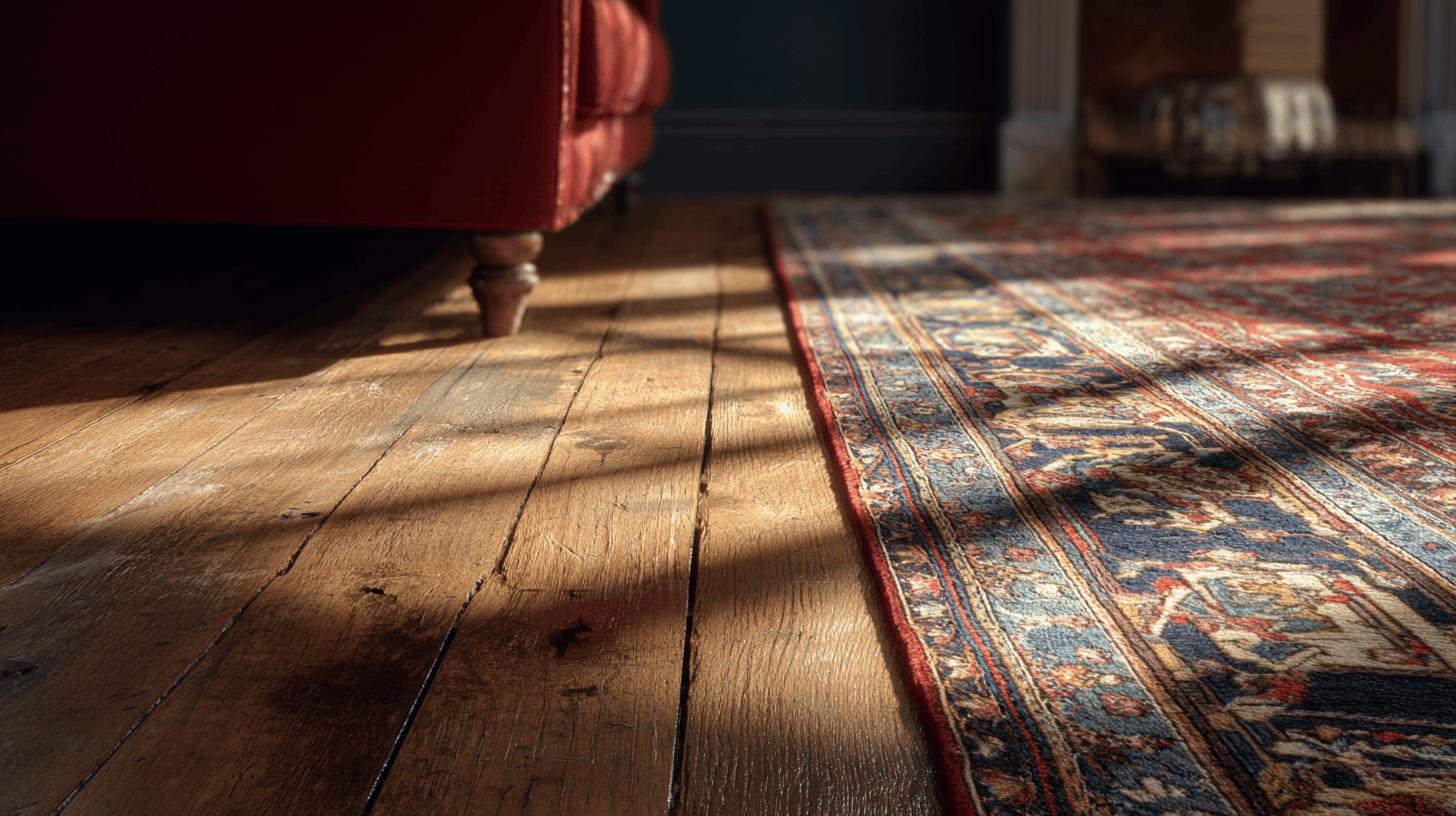
Maintaining restored Victorian floorboards requires consistent attention to daily and weekly cleaning practices. What is the best method for keeping these historic floors clean? Regular sweeping with a soft-bristled broom or vacuuming with a hardwood floor attachment is essential to remove dust and debris that can cause scratches. For a deeper clean, use a damp mop with a gentle wood floor cleaner, ensuring the mop is not too wet to avoid water damage. These practices help preserve the integrity and appearance of the floors, allowing their historical charm to shine through.
In high-traffic areas, protective measures are crucial to prevent wear and prolong the floorboards’ lifespan. How can homeowners protect these frequently used spaces? Place rugs or runners in areas like hallways and entrances to absorb foot traffic and reduce direct contact with the floor. Ensure that these coverings are non-slip and regularly cleaned to prevent dirt accumulation underneath. Additionally, attaching felt pads to the bottom of furniture can prevent scratches when moving items. By implementing these strategies, homeowners can safeguard their floorboards against the rigours of daily use.
Periodic polishing and re-coating play a significant role in maintaining the longevity and aesthetic of restored floors. Why is this step important? Buffing the floors periodically adds a sheen and revitalises the surface, enhancing the wood’s natural beauty. For floors with a finish, re-coating every few years replenishes the protective layer, guarding against wear and moisture. This routine care ensures that Victorian floorboards remain not only a visual delight but also a durable feature that continues to add value to a home.
Final Words
Reviving pine floorboards in Victorian terraces involves a nuanced understanding of the unique character and historical richness of these floors. The process begins with detailed examination and preparation, ensuring any damage is addressed with care. Essential restoration techniques, such as sanding and finishing, bring out the timeless elegance inherent in these floors. Challenges like woodworm and floorboard gaps are part and parcel of this intricate restoration dance.
Choosing the right finish highlights the restored beauty while requiring regular maintenance to preserve the charm. Embracing these steps ensures Victorian terraces not only restore but carry forward their historical and aesthetic significance.
Victorian Wood Floor Restoration: Enhance Durability, Preserve Charm
Restore your period pine → Wood Floor Restoration
FAQ
Q: How do you restore old pine floorboards?
A: Restoring old pine floorboards involves cleaning, repairing, and refinishing. The process includes sanding, staining, if needed, and applying a protective finish, like oil, varnish, or wax, to enhance durability and appearance.
Q: What wood did Victorians use for floorboards?
A: Victorians commonly used pine for floorboards, appreciated for its availability and ease of use. These floorboards often featured intricate patterns, reflecting the craftsmanship of the era, such as parquet and herringbone designs.
Q: Is it worth restoring original floorboards?
A: Restoring original floorboards is often worthwhile as it enhances historical value and preserves the unique charm of a property, providing a sense of grandeur and craftsmanship reminiscent of the Victorian era.
Q: How can pine floorboards be restored without sanding?
A: Pine floorboards can be revitalised without sanding by cleaning, patching minor damage, and applying a quality finish like oil or wax, giving floors renewed beauty and protection without extensive sanding.
Q: What are the typical costs of floorboard restoration?
A: Floorboard restoration costs vary by location, condition, and finish type. On average, expect to pay between £25 and £40 per square metre, including labour and materials, for professional services.
Q: How do you examine and prepare pine floorboards for restoration?
A: Examining pine floorboards involves checking for water damage, woodworm, and overlays. Preparation requires tools such as sanders, brushes, and materials like lacquer for refinishing post-examination.
Q: Which finish should be chosen for restored pine floorboards?
A: Selecting a finish depends on foot traffic and aesthetic preferences. Options include oil for water resistance, wax for a soft look, and varnish for a robust, glossy finish. Eco-friendly alternatives exist for historical appeal.
